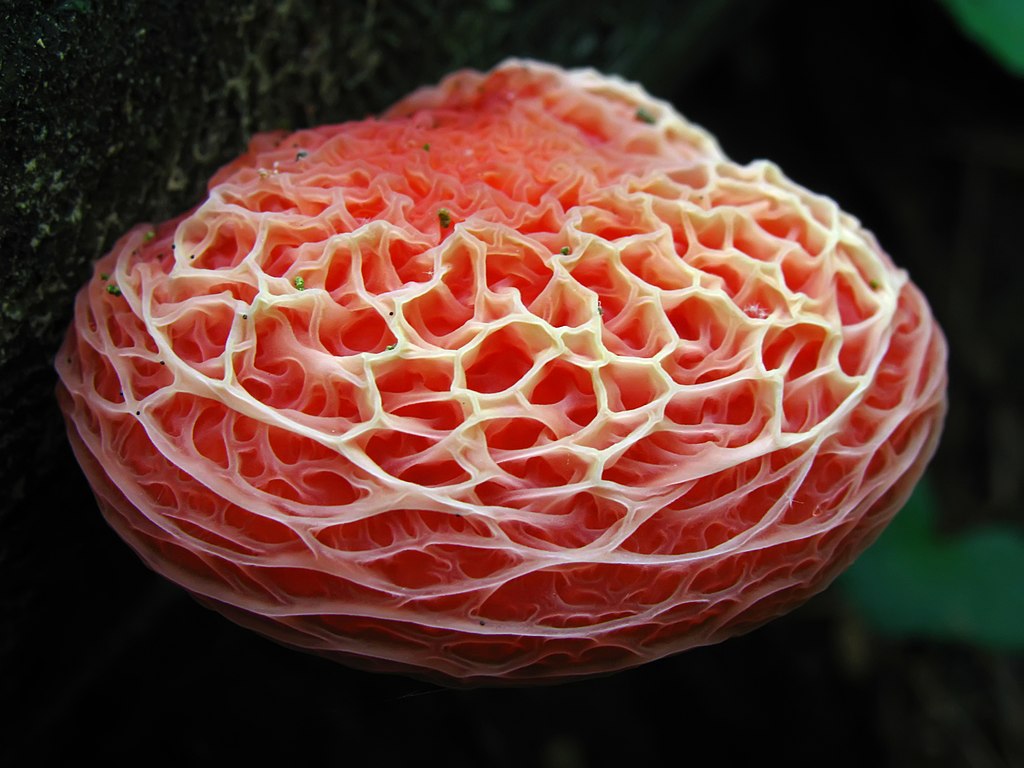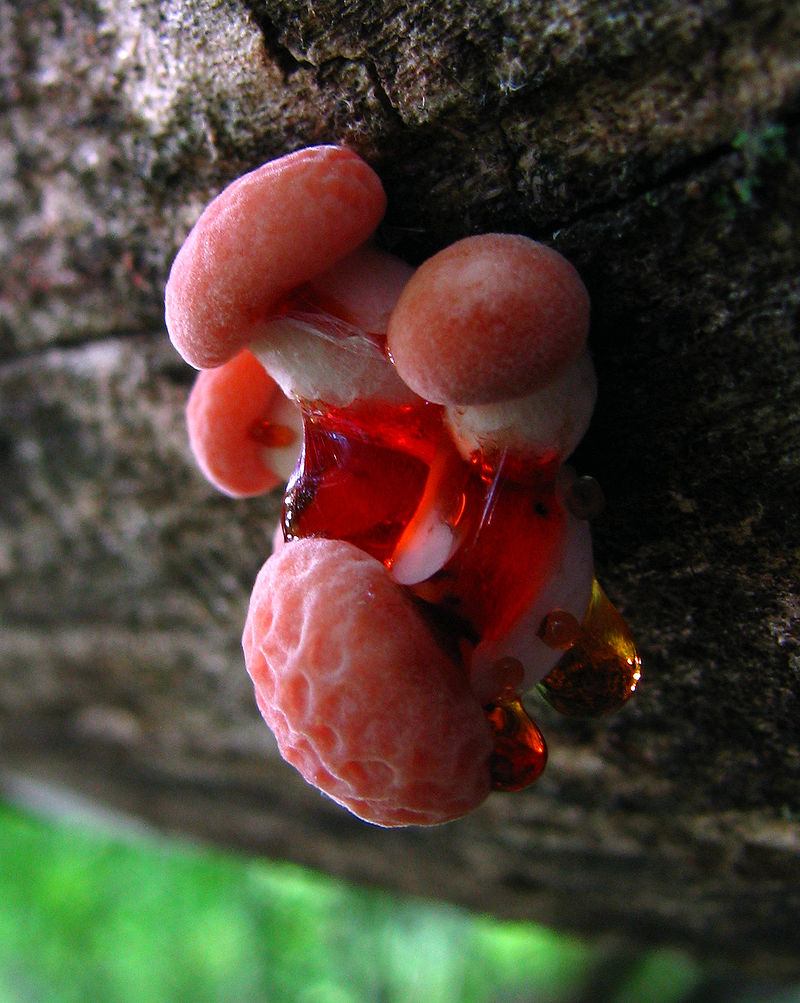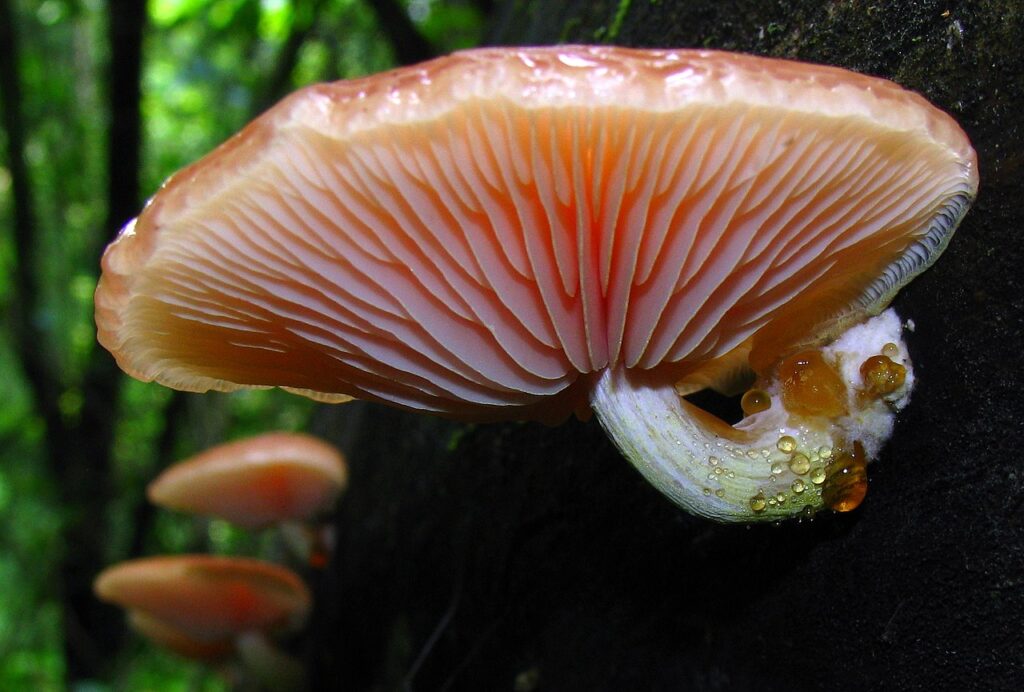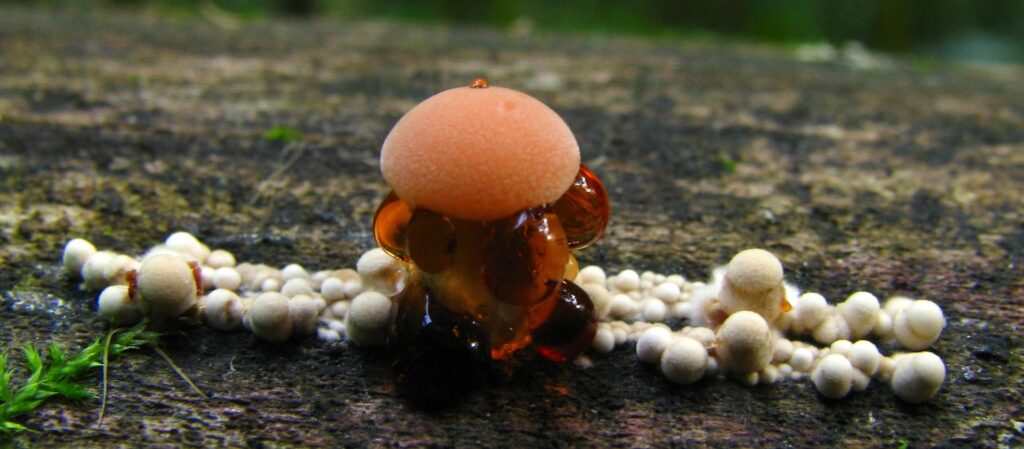The Critical Importance of Protecting the Endangered Rhodotus Palmatus Fungus
Rhodotus palmatus, a species of fungus, is a rare sight in the world of mycology. With a circumboreal distribution, it is typically found in temperate and boreal forests of Europe, Asia, and North America. However, the Rhodotus palmatus has been listed as critically endangered in 12 countries, including the United Kingdom, France, and Norway.


Despite its vibrant pink coloration and unique physical attributes, the Rhodotus palmatus is a relatively unknown species. The fungus grows on dead or decaying hardwoods, with a preference for oaks and beeches. Its cap can range from 5 to 20 cm in diameter and is characterized by its striking pink or reddish-pink coloration.

While the Rhodotus palmatus may be rare, it plays a crucial role in forest ecosystems. As a decomposer, the fungus helps break down dead wood, releasing nutrients back into the soil and supporting a diversity of other species.
Unfortunately, the Rhodotus palmatus is facing numerous threats, including habitat destruction, climate change, and over-harvesting for medicinal purposes. The fungus is also particularly sensitive to air pollution, making it increasingly vulnerable to urbanization.

Efforts are being made to conserve and protect the Rhodotus palmatus. In the United Kingdom, it is a protected species under the Wildlife and Countryside Act. Additionally, several organizations are conducting research to better understand the ecology and distribution of the fungus, as well as to promote its conservation.

It is essential that we recognize the value of the Rhodotus palmatus and other rare species like it. Protecting biodiversity is not just about preserving individual species but is crucial for maintaining the health and resilience of entire ecosystems. By working together, we can ensure a future in which the Rhodotus palmatus and other rare species continue to thrive
